

The record evidence has been submitted, but the process can take up to two weeks to be assessed and verified.
When she finally reached the ground, Ms Cochraine said she was sore but the adrenaline was still pumping.
'I'm really proud of how all the team of experts came together, it's still unbelievable that it actually happened,' she said.
On the trapeze, suspended upside down at more than 10,000ft in the air, Ms Cochrane completed a routine for more than five minutes
'A little part of me thought that this was all too big and it couldn't happen but the whole thing went so smoothly, I am lucky to have had the perfect people involved to help me achieve it.'
Ms Cochrane told Daily Mail Australia she has been training in circus aerials for about seven years, but took up the trapeze specifically for the event about a year ago.
'My previous training meant I already had the strength and fitness to do trapeze and it was just about creating a routine that I felt I could perform at that height, keeping in mind I would be wearing a harness and working around a lanyard that attached me to the trapeze,' she said.
'I would try do do something every day that would help me achieve my goal.
'That could be anything from a session at the gym, a session on the trapeze or a stretch session - I would normally train for around two hours at a time.
Ms Cochrane said compared to other circus aerial apparatuses, the trapeze was the most challenging to learn
 |  |
Day|Week

 China releases HD true color images of lunar surface
China releases HD true color images of lunar surface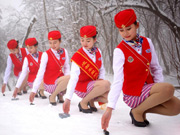 To-be flight attendants undergo training at snow-covered field
To-be flight attendants undergo training at snow-covered field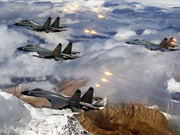 Aerial photos taken on J-11 fighter
Aerial photos taken on J-11 fighter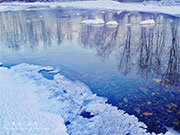 'Coldest town in China' — a fairyland you don't want to miss
'Coldest town in China' — a fairyland you don't want to miss Deep love for breathtaking Hainan
Deep love for breathtaking Hainan Beautiful Chinese tennis player Wang Qiang goes viral online
Beautiful Chinese tennis player Wang Qiang goes viral online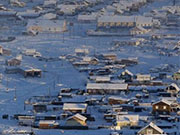 Minus 71 degrees! Coldest village on earth
Minus 71 degrees! Coldest village on earth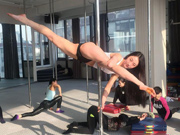 Chinese pole dancing master opens class in Tianjin
Chinese pole dancing master opens class in Tianjin The most beautiful town of snow in China
The most beautiful town of snow in China SWAT members hold romantic wedding in E China
SWAT members hold romantic wedding in E China